Bikes on a plane , or a boat !
Now that Summer has arrived and many cyclists are planning on bringing their bikes with them to either The Etape , The Marmotte or even just on their family summer holiday the question arises as to what is the best method of travelling with your bike .
The professionals nowadays rarely have to travel with their bikes . Most now have a training bike for home and their race bikes stay with the team . This way they are transported to most races on either the roof of the team car or inside a team truck . If they do have to travel overseas most will use a bike case / box .
However , the normal cyclist will rarely have the luxury of having a bike waiting for them as they step off the plane , so what are the options ?
1 – Bike Case / Box
This is the most secure way to protect your bike when travelling . The bike is fully enclosed in a hard plastic case which will resist most forms of baggage handler abuse . There are 2 disadvantages to this option . It is expensive , most quality bike cases will cost between €400 to €900 . Also you will need either a big estate car or a van to get to and from the airport . They will not fit into most regular saloon cars . It is possible to rent them for about €80 per week so that cuts down on the cost , but you will still need a way to transport them . I will be using one of these myself this year on our trip to the Etape but will be arriving at the airport in Shannon in a worldwidecycles van .
Option 2 – Bike Box (cardboard)
This is a much cheaper alternative . Any bike shop will happily give you a cardboard bike box for free , although some airlines will charge you up to €70 to buy one . As long as the bike is packed securely and well padded they usually work out OK . This type of box , whilst not as large as the hard cases is still bulky and will not fit into all cars .
Option 3 – The Bike Bag
This is the most popular option for most people . The bike is enclosed in a robust Nylon bag . Usually there is a separate compartment for wheels and again if the bike is well packed it should withstand most forms of abuse . The good ones range in price from €100 up to €200 . They will fit into most cars as they are more flexible .
Option 4 – The roll of Insulating tape .
The cheapest and most versatile option . Although by far the most unreliable . This option involves removing the wheels and pedals and taping them on tightly to the rest of the bike . David McCann flew all the way to China with his bike packed this way and it worked out fine , although the paintwork did suffer a little .
Option 5 – The sheet of Plastic
Some airlines will allow you to cover the bike in a sheet of plastic . All that has to be done is to remove the pedals and turn the handlebars . There are two schools of thought on this option . Some say that this is a much more awkward way for the baggage handlers to throw the bike around , so they have to be more careful . Others say that the chances of damage to the bike are too high to risk it . I would be in the second camp myself .
Airlines usually charge extra to carry the bike . The exceptions being if the check in guy is a cyclist and ‘forgets’ to charge , or if you are a tall blonde in a small dress . Most others will have to pay between €20 and €100 each way , so factor that in when booking your flight .
Airlines can be un-reliable as a group from Carrick found out a few years ago when travelling to The Tour of Flanders Randonnee . All had checked in their bikes and were told to place them in the outsize luggage area , which they did . However as the plane took off from Shannon headed for Brussels , the bikes were left behind and when the group got back 4 days later , the bikes were still in the very same spot . Luckily , for the group Sean Kelly got on the phone and Kurt Bogaerds set to work building up spare team bikes for the group and all were able to take part in the event the following day .
Another Tralee rider was also very unfortunate a number of years ago when his bike was left behind as he headed out to ride the Etape . The bike arrived 3 days after he flew out , during the afternoon of the event itself , so he missed out on taking part and also opened the bike bag to discover that his bike had been damaged in transit .
If you are travelling to your Holiday destination by car there are also a few things to bear in mind .
When using a rear mounted bike rack , be sure to have either a spare number plate or a high mounted rack with the number plate visible . In France you will be fined on the spot if your number plate cannot be seen . The high mounted racks are also better if you have reversing sensors , as they won’t interfere with their operation .
Lock your bike to the rack , and your rack to the car if it is easily removable. That 30 min break at the motorway rest stop could be expensive if you leave your bikes unlocked on the car .
Bikes on the roof are great , as long as you remember that they are there . Leaving the car park of the West County hotel in Dublin before the 2005 Ras one team manager forgot about the bike on the roof as he went under the security bars and 250 people turned to see what had caused the loud screeching sound only to see a bike impaled on the security barrier along with a roof rack and a chunk of the roof itself . A Trek Madone had the same fate on the Toll road to Cork a while back when a local race organiser forgot it was there .
On the whole , it is great to have your bike with you and to cycle in a different country or area . The best way to pack the bike , whatever option you go for is to remove the pedals and wheels , cover the frame in as much pipe lagging or bubble wrap as possible . Use plastic wedges or old hubs in the fork and rear stay . Have everything packed tightly and securely and cross your fingers that it will be there when you arrive .
Happy Traveling ,
Barry

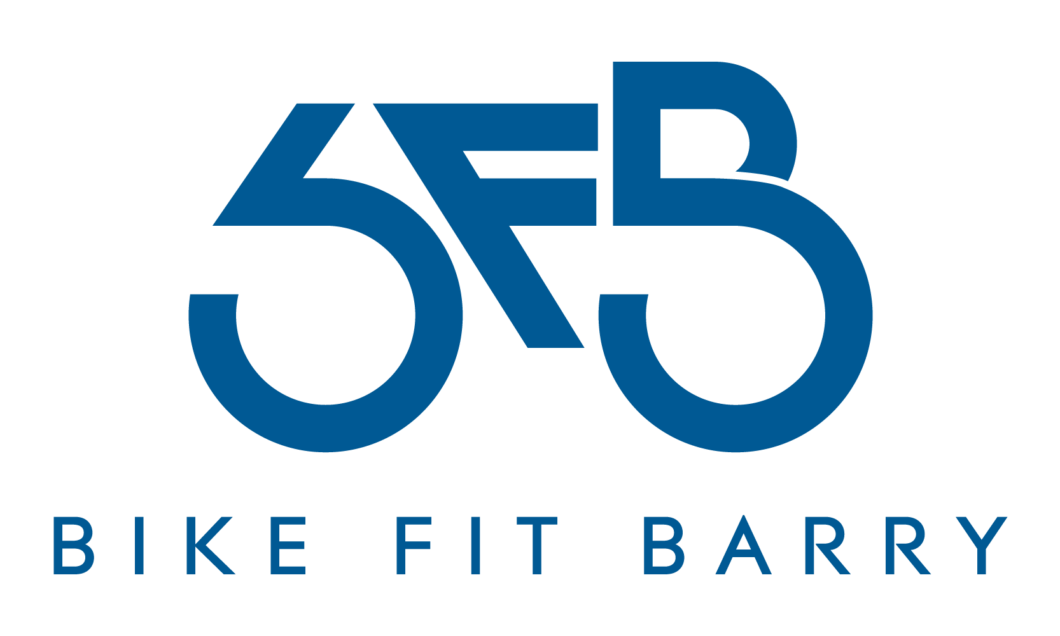
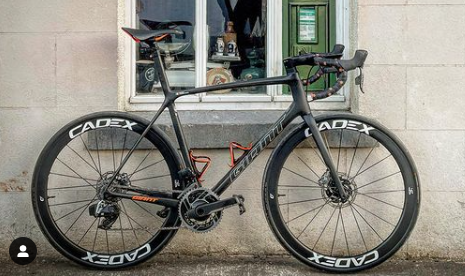

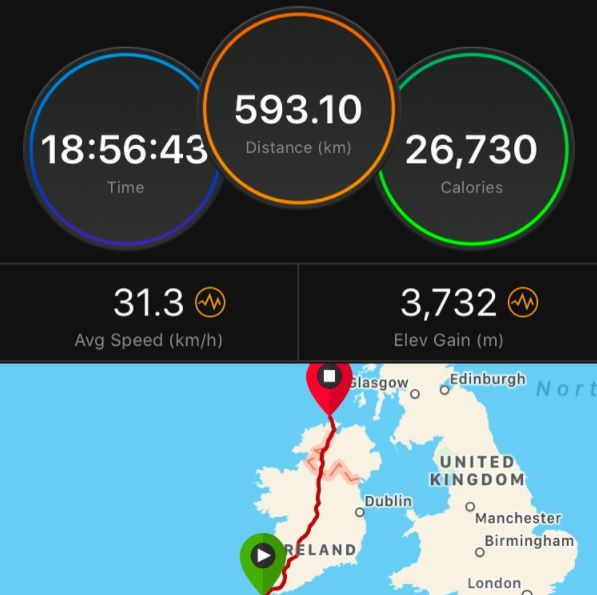
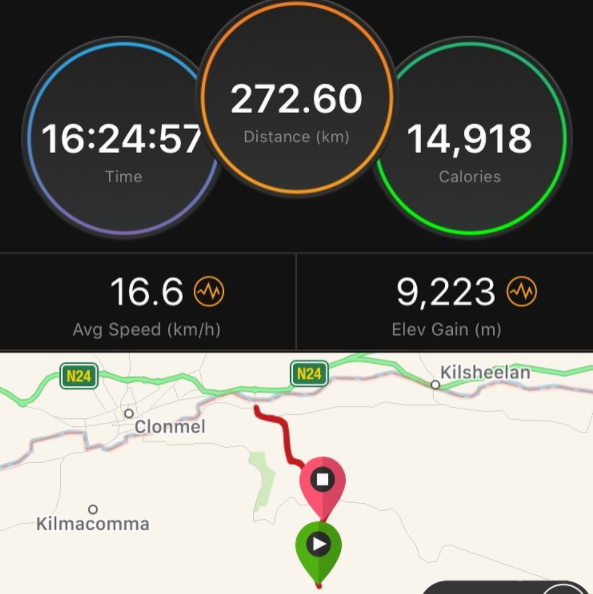
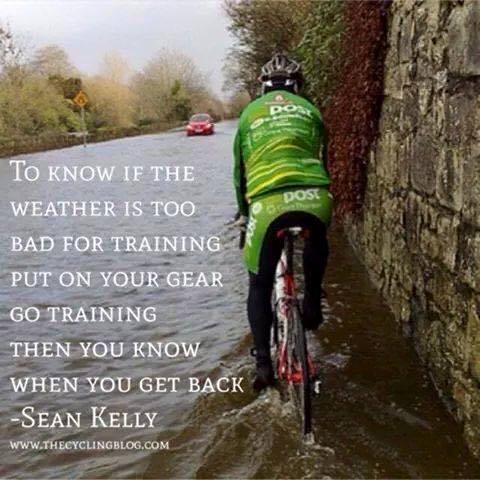
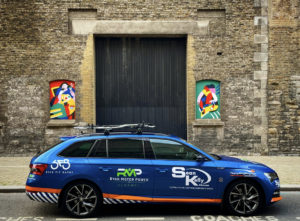
1 COMMENT
Pingback